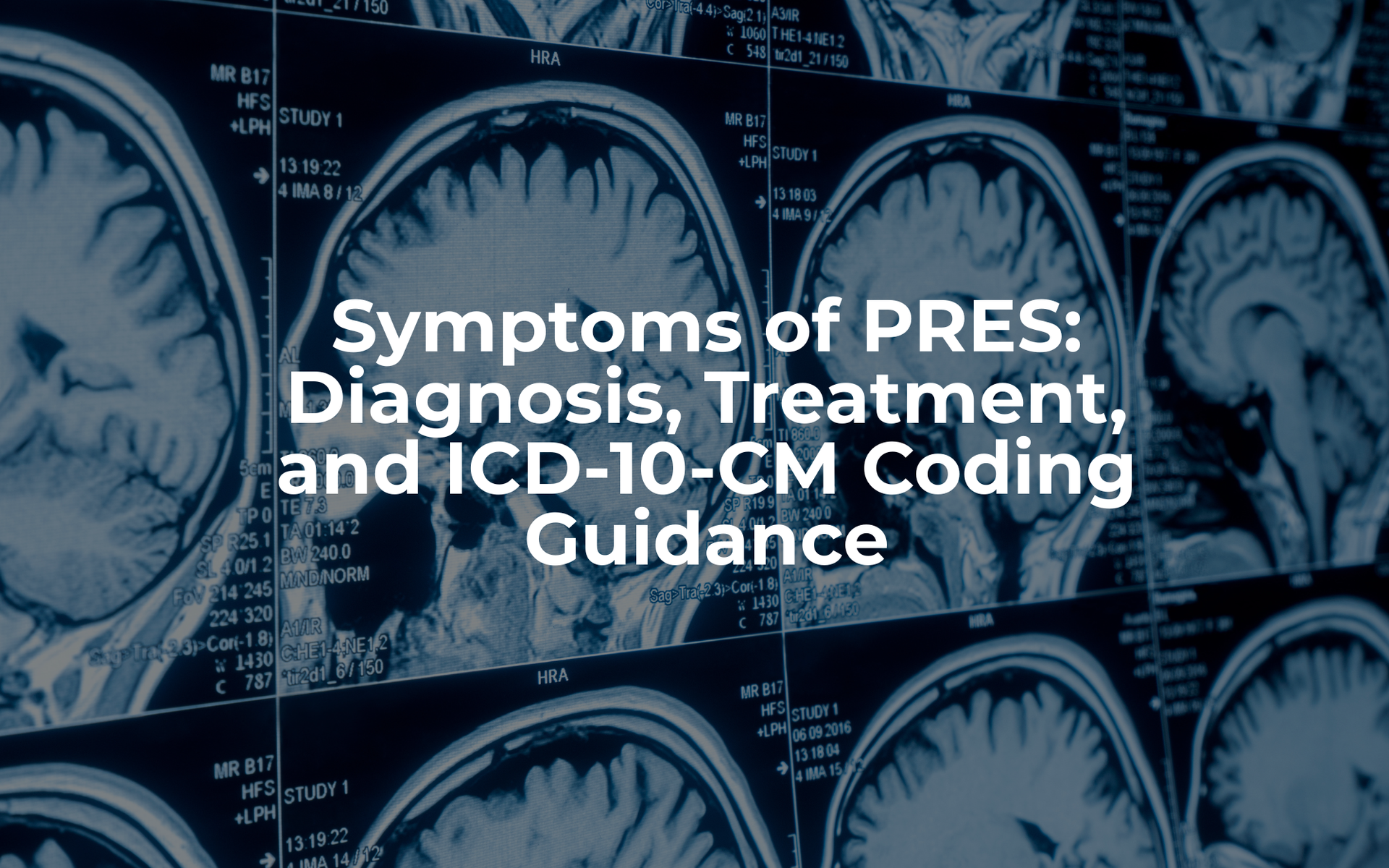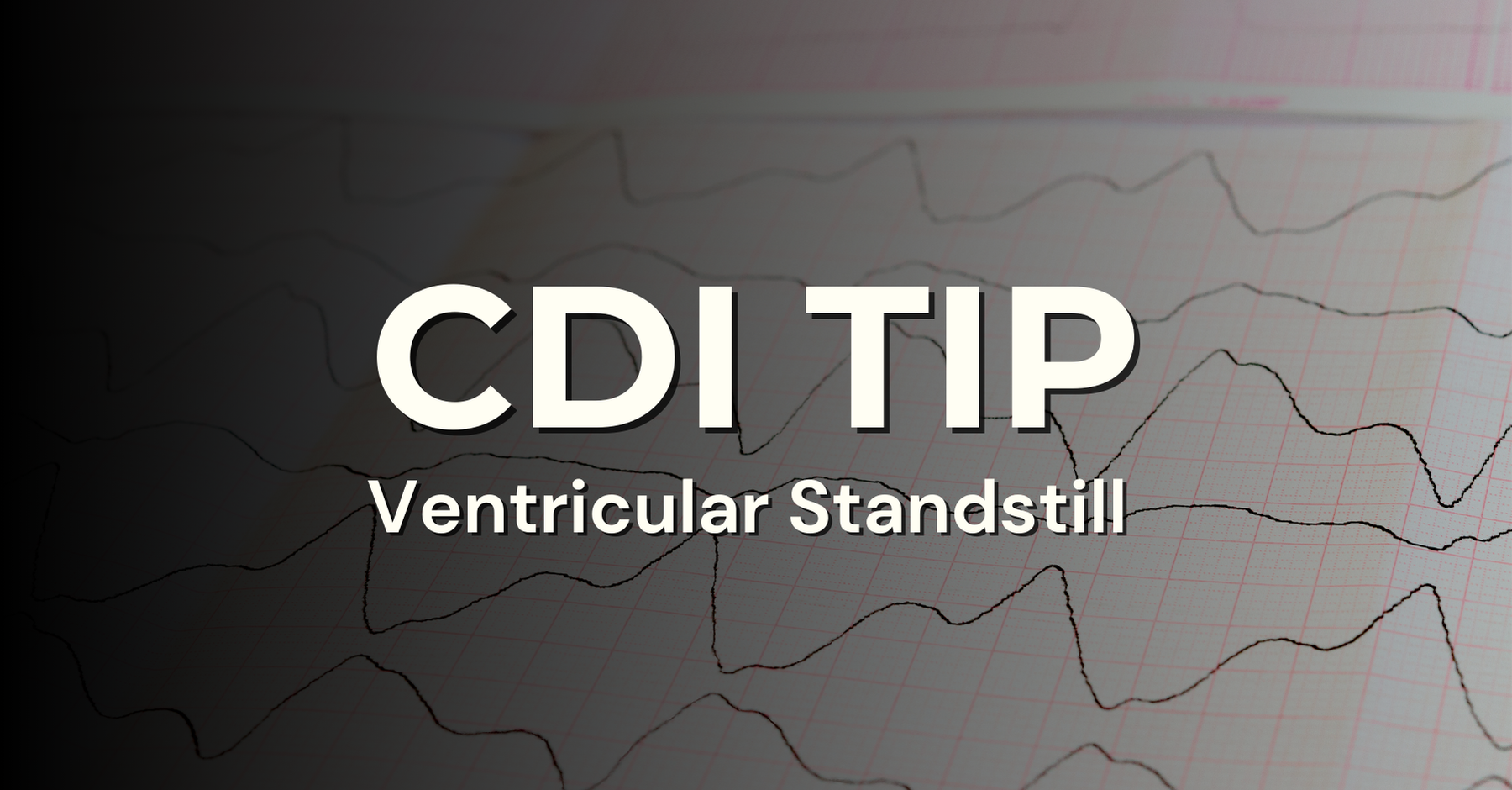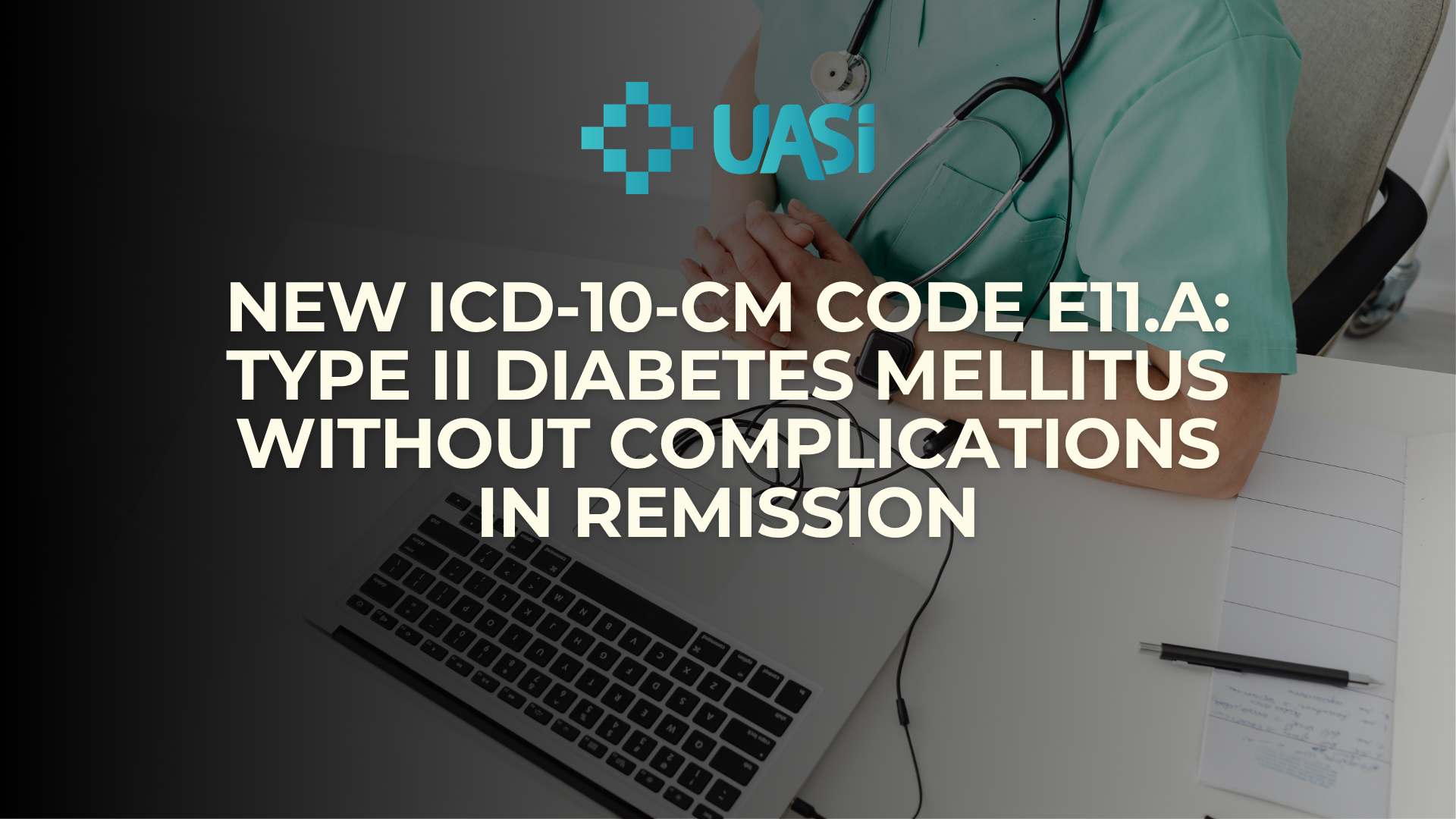September 26, 2025
ICD-10-PCS Coding Clarification for Transcalvarial Mass Biopsies
Overview of Transcalvarial Mass Biopsies
In neuroimaging, “extra-axial” doesn’t mean outside the skull, it means outside the brain parenchyma (the brain tissue itself) but still inside the skull.
- Intra-axial = within the brain tissue (e.g., gliomas, abscesses).
- Extra-axial = outside the brain tissue but within the cranial cavity (e.g., meningiomas, metastases on the dura, arachnoid cysts, subdural hematomas).
So: Outside the skull would be extracranial. Extra-axial means the lesion is intracranial but not in the brain substance.
A simple way to remember:
- Axial = brain substance
- Extra-axial = outside the brain substance, but inside the head
Looking further into a Transcalvarial mass – A transcalvarial mass is a lesion that extends through the calvarium (skull bones), connecting the intracranial (inside the skull) compartment with the extracranial (outside the skull) space.
Key points:
- The calvarium = the dome-like skull bones that encase the brain.
- "Transcalvarial" = crossing through the calvarium.
Seen with aggressive tumors, metastases, or sometimes infections that erode bone. Imaging will often show a continuous mass that breaches both the inner and outer tables of the skull. So, compared to extra-axial (inside skull, outside brain), a transcalvarial mass goes a step further — it escapes the skull.
How Transcalvarial Mass Biopsies Are Classified in ICD-10-PCS
This is one of those “it depends” situations in coding, because a transcalvarial mass spans both intracranial and extracranial compartments.
General coding logic: Intracranial procedures (craniotomy/craniectomy approaches, brain or meningeal biopsies) are coded under intracranial biopsy codes.
Extracranial procedures (scalp, subcutaneous, or skull-only masses) are coded with extracranial biopsy codes.
Biopsy Site as the Determining Factor for PCS Code Selection
If the surgeon biopsies the intracranial portion (inside the dura or cranial cavity) → code as intracranial.
Some Examples:
- 00B00ZX – Excision of brain, open approach, diagnostic.
- 00B73ZX – Excision of cerebral hemisphere, percutaneous approach, diagnostic.
- 00B24ZX – Excision of dura mater, percutaneous endoscopic approach, diagnostic.
If the biopsy is from the extracranial portion (outside the skull or superficial component) → code as extracranial.
Some Examples:
- 0JB00ZX – Excision of scalp subcutaneous tissue and fascia, open approach, diagnostic.
- 0HB1XZX – Excision of facial skin, external approach, diagnostic.
- 0QB00ZX – Excision of skull (cranial bone), open approach, diagnostic.
If documentation doesn’t specify, query the provider, because the coding pathway hinges on the biopsy site.

Tracy Blevins, MSHIM, RHIA
Senior Consultant, Audit at UASI
Tracy Blevins is a Senior Consultant in Quality Auditing at UASI, with 14+ years of inpatient medical coding and health information management experience. As a Registered Health Information Administrator that also holds AHIMA’s Auditing Inpatient Coding Microcredential, she shares practical, detail-driven coding tips to help clinicians and coders strengthen documentation, accuracy, and compliance.
Works Cited
Centers for Medicare & Medicaid Services. (2025). ICD-10-PCS Official Guidelines for Coding and Reporting.
Available at
https://www.cms.gov/files/document/2025-official-icd-10-pcs-coding-guidelines.pdf
American Hospital Association. (2017). Biopsy coding when lesions cross boundaries. Coding Clinic for ICD-10-CM/PCS, Fourth Quarter, 28–29.
American Hospital Association. (n.d.). Coding Clinic for ICD-10-CM/PCS.
Available at
https://www.ahacentraloffice.org/aha-coding-clinic













